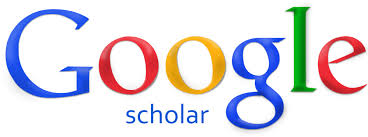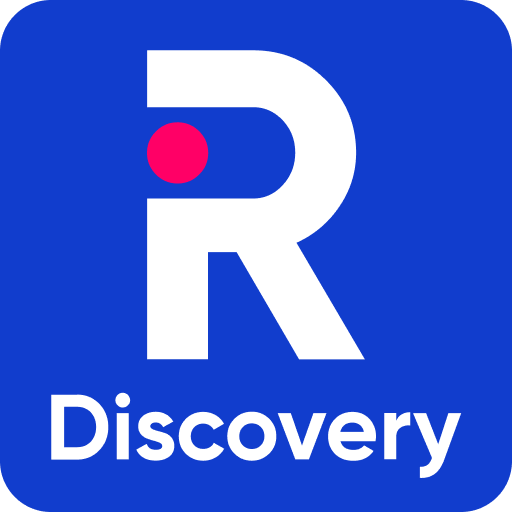Article Types
ORIGINAL RESEARCH ARTICLES (8,000 words)
Title
The title should be clear, concise, and reflect the core focus of the research.
Abstract
Provide a brief summary (up to 250 words) of the study, including the background, research problem, methods, key findings, and conclusions.
Keywords
Include 4-6 keywords that accurately represent the content of the article.
Introduction
Introduce the research problem, offering relevant background information. Clearly state the research question and the objectives of the study.
Literature Review / Research Context / Background
Provide a thorough review of relevant literature, summarizing the theoretical frameworks and previous research. This section sets the context for your study and highlights existing gaps in knowledge.
Methods
Detail the research design, data collection techniques, and analytical procedures used. Ensure that the methodology is transparent, reproducible, and suitable for addressing the research question.
Results
Present the findings clearly, supported by relevant tables, figures, and statistical analysis. Results should be objective and free of interpretation.
Discussion
Interpret the results in relation to the existing literature. Discuss the significance of the findings, their implications, limitations, and areas for future research.
Conclusion
Provide a concise summary of the research findings, emphasizing their significance and potential for future research.
References
List all references cited in the article, formatted according to the specified citation style.
Optional Sections:
-
Acknowledgements
Recognize individuals, institutions, or funding bodies that contributed to the research. -
Funding Statement
Disclose any funding sources or grants received for the research. -
Figures
Include optional figures or illustrations that complement the research.
REVIEW ARTICLES (6,000 - 8,000 words)
Title
A concise title that clearly reflects the review's subject matter.
Abstract
Summarize the key points of the review article in no more than 300 words, including the aims, methods, and main conclusions.
Keywords
Include 4-6 relevant keywords for indexing.
Introduction
Clearly state the aim of the review, outlining the research question and the scope of the review.
Literature Review
- Literature Review (General Survey): Offer a comprehensive overview of current and past research on the topic.
- Systematic Review: A more focused approach, including detailed information on search strategy, eligibility criteria, and the methods used to review studies.
Discussion
Critically analyze the findings from the reviewed literature, identifying key themes, contradictions, and new insights. Discuss implications for future research in the field.
Conclusion
Summarize the findings from the review and suggest directions for future research based on identified gaps or unanswered questions.
References
Include a complete list of references cited, formatted according to the specified style.
Optional Sections:
-
Acknowledgements
Recognize any individuals or institutions that contributed to the review. -
Funding Statement
Provide details of funding sources if applicable. -
Figures
Optional figures or illustrations that enhance the review’s content.
SHORT COMMUNICATIONS (Up to 4,000 words)
Title
The title should be concise, reflecting the focus of the communication.
Abstract
Provide a brief abstract (maximum 100 words) summarizing the main points of the communication.
Keywords
Include 4-6 keywords that represent the key themes of the paper.
Main Text
Present the content in a clear, concise format without subdividing into sections. The communication should focus on original findings that are of significant importance but do not warrant a full-length article.
References
List all references cited in the communication, formatted according to the journal's citation style.
Optional Sections:
-
Figures and Tables
A maximum of 3 figures and tables can be included to illustrate the main findings. -
Appendices
Appendices are not accepted for Short Communications.
LETTERS TO THE EDITOR (Maximum 500 words)
Overview
Letters to the Editor offer a platform for sharing ongoing projects, opinions on management and policy issues, responses to publications, and brief preliminary research communications. This section fosters information exchange within the academic and professional communities. Replies to published letters, where applicable, will be published as received. Responses to publications will only be considered if submitted within 30 days of the original manuscript being published online.
Letter Format
Title Page
The title page should include the following details:
- Concise Title of the Paper
A short and clear title. - Running Title
A shorter version of the title for header purposes. - Full Names of All Authors
Include the names of all contributing authors, with the corresponding author indicated. - Institutional Addresses
List the addresses of the institutions affiliated with each author. - Corresponding Author’s Contact Information
Include the email address and phone number of the corresponding author. - Total Word Count in Main Text
Specify the total word count (maximum 500 words). - Total Number of References
Provide the total number of references (maximum 3). - Number of Tables and Figures
Specify the number of tables and figures in the manuscript (up to 1 table and 1 figure).
Abstract and Keywords
Not required for Letters to the Editor.
Text
The main text of the letter should not exceed 500 words. It should address the intended topic succinctly, maintaining clarity and focus.
Sources of Funding
If applicable, state the sources of funding as per the "Sources of Funding" instructions in the "PREPARATION" section.
Declaration of Interest
Disclose any potential conflicts of interest following the guidelines in the "Declaration of Interest" section in "PREPARATION."
Acknowledgements
Acknowledge any individuals or organizations who contributed to the work, following the guidelines in the "Acknowledgements" section in "PREPARATION."
References
Include up to 3 references. For citation formatting, refer to the "References" section in the "PREPARATION" section.
Tables and Figures with Legends
- Up to 1 table and 1 figure are allowed.
- Ensure the table and figure adhere to the submission guidelines outlined under "Artwork" and "Tables" in the "PREPARATION" section.
- Include clear, concise legends for each table and figure.






